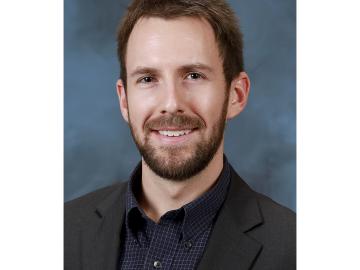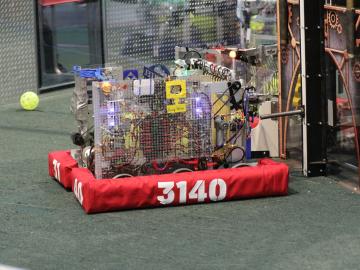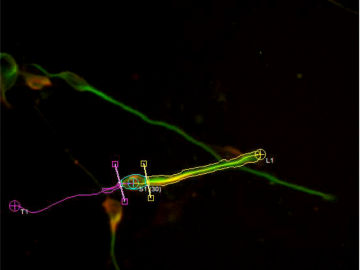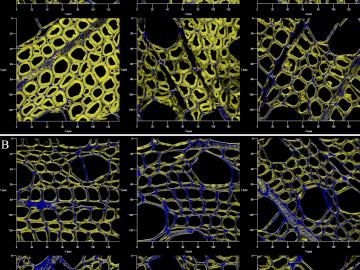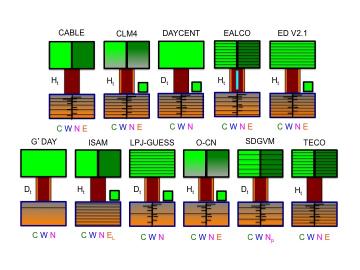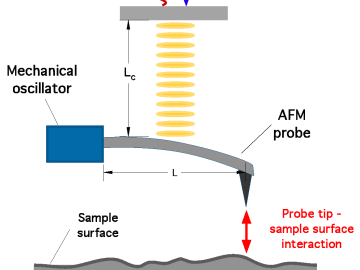
Artificial intelligence tools secure tomorrow’s electric grid
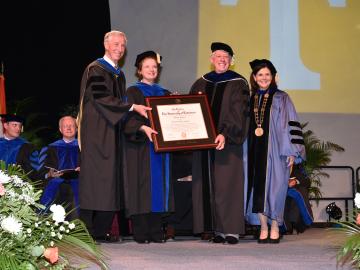
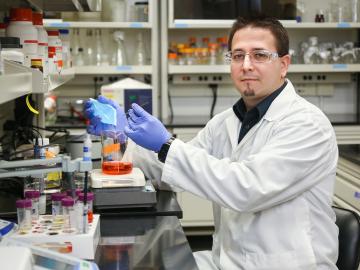

Panos Datskos, a researcher at the Department of Energy's Oak Ridge National Laboratory, has received the 2017 Eric A. Lehrfeld Award from the Society of Photo-Optical Instrumentation Engineers. Datskos is a distinguished scientist and leader of the Energy and Tran...
